A perfectly-ripe strawberry is a thing of beauty, so if you’re like me, it is tempting to pick up more than a couple pints at the store when they’re in season. Or maybe you’ve got an abundant amount from a family day spent strawberry picking. They can go from perfectly-ripe to unappetizingly spoiled fairly quickly, so let’s talk about what to do with strawberries so you can enjoy every last juicy bite!
Seasonal Availability:
Strawberries are typically harvested late May into the summer here in Wisconsin, depending what part of the state they’re grown.
Health Benefits:
Strawberries are the most popular berry in the world for a reason: these little red packages of sweetness gift us with vitamin C and manganese (which helps your body use that vitamin C), and they are also high in fiber and iodine.
How to Select:
Perhaps fairly obviously, bright, plump, firm, shiny berries are the way to go. Select berries with fresh-looking green stems, and avoid strawberries that are still yellowed or green. Humongous berries might be tempting to the eyes, but smaller and medium-sized berries typically have more flavor than huge ones.
How to Store:
Strawberries are pretty perishable–so use them or preserve them within a couple days of purchase (or picking). Wash them just before eating. If you have an abundance or they are slightly past their prime, think about freezing them either whole, cut up, or transformed into sauces and jams. To prevent strawberries from freezing into one massive clump, first freeze the berries (either whole or cut up) in a single layer on a sheet pan then transfer to containers or freezer bags.
How to Prepare:
When they’re perfectly ripe, they’re stars all on their own, dipped in a bit of whipped cream, or mixed in a summery fruit salad. Sure, they’re perfect for desserts, but they’re great companions for your breakfast yogurt, pancakes, muffins, or granola, too. Frozen berries make sweet smoothie additions or toppings to oatmeal. Don’t shy away from using them in savory dishes as well—strawberries are a great addition to salads with poppy seed or balsamic dressings, or alongside goat cheese. Need a place to start? Check out the following recipe for strawberry gazpacho.
Recipe: Strawberry Tomato Gazpacho
Total Time: 30 minutes
Servings: 4-6
Ingredients
- 1 pound strawberries, washed, hulled, and coarsely chopped
- 1 pound tomatoes, coarsely chopped
- 1 cup chopped green bell pepper
- 1 cup chopped cucumber (peeled and seeded)
- 1/2 cup chopped onion
- 1 clove fresh garlic
- 1 fresh jalapeño, seeds and stem removed
- Zest of 1 lime
- 4 tablespoons fresh lime juice
- 1 1/2 tablespoons balsamic vinegar
- 1/2 teaspoon salt
Preparation
Blend all of the ingredients together in a blender, in small batches if necessary. Stir well and taste for salt.
This soup is at its refreshing best when served just under room temperature. Refrigerate the fruit and vegetables shortly before blending if you plan to serve it immediately.
Serving Suggestion
Perfect for a light lunch with salad and crackers, this gazpacho looks lovely served in a wide-mouthed tumbler or martini glass. Garnish with freshly-snipped chives or a pinch of cracked black pepper.
Nutritional Information
62 calories, 1 g. fat, 0 mg. cholesterol, 204 mg. sodium, 15 g. carbohydrate, 4 g. fiber, 2 g. protein
Recommended reading:
Especially if you have an abundance of the berries, check out Put ‘em Up! Fruit, A Preserving Guide & Cookbook by Sherri Brooks Vinton, where you will find directions for strawberry cordial, strawberry jams, and strawberry balsamic glaze. The book is available through the Hudson Public Library.
What about you?
The taste of a perfectly ripe strawberry takes me back to bright, warm days in the old farmhouse with my grandma—and a pan of strawberry rhubarb cobbler! What’s your favorite “strawberry memory”? Head over to our Facebook page to share! Want to see more local, fresh produce in your fridge? Consider becoming an owner of the Hudson Grocery Cooperative—which will be a locally-owned, full-service grocery store that offers diverse food and product choices including organic, sustainable and regionally sourced options for our community.
Image and recipe credit Welcome to the Table.


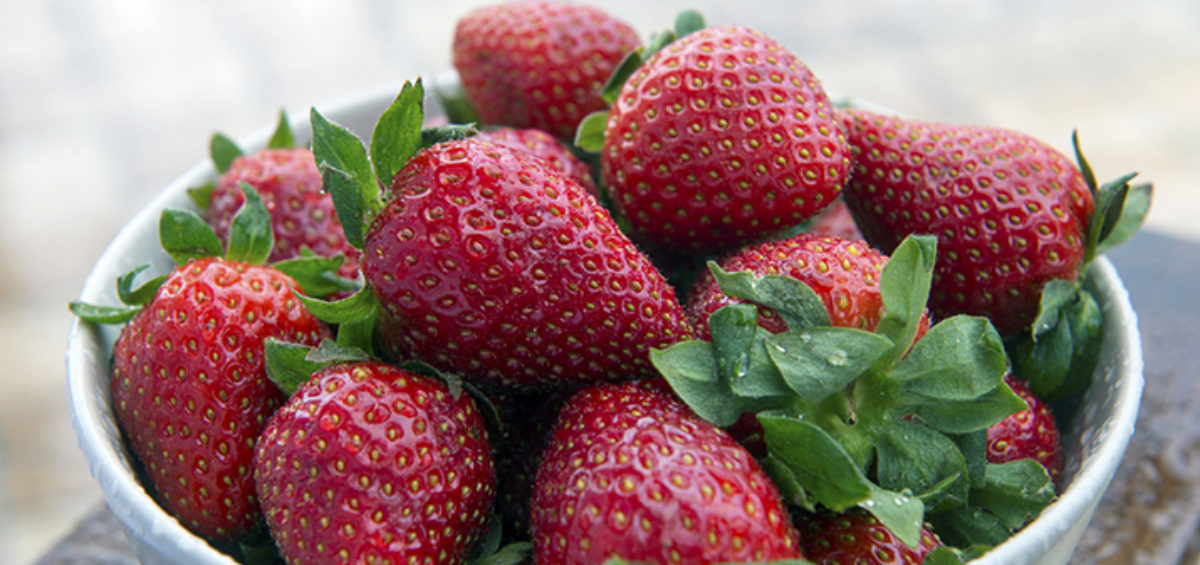
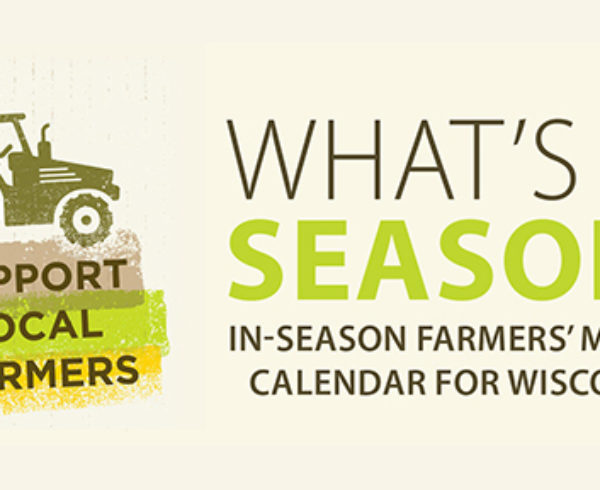
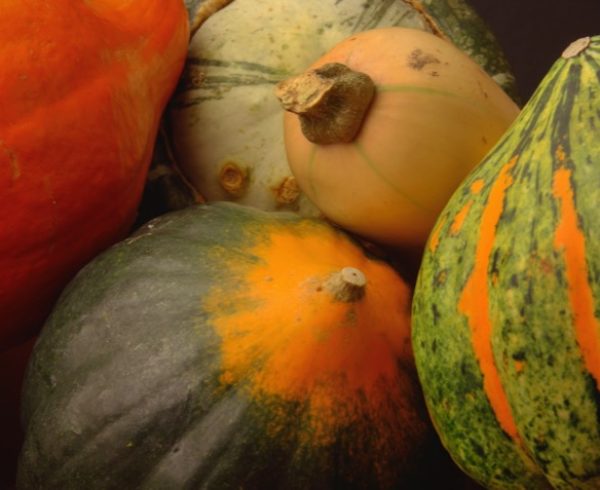
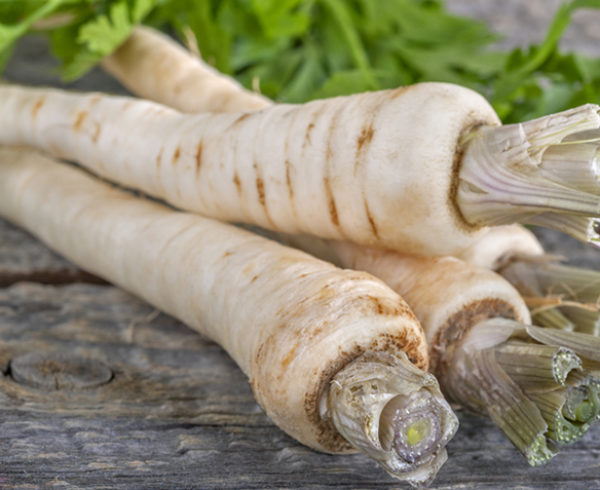
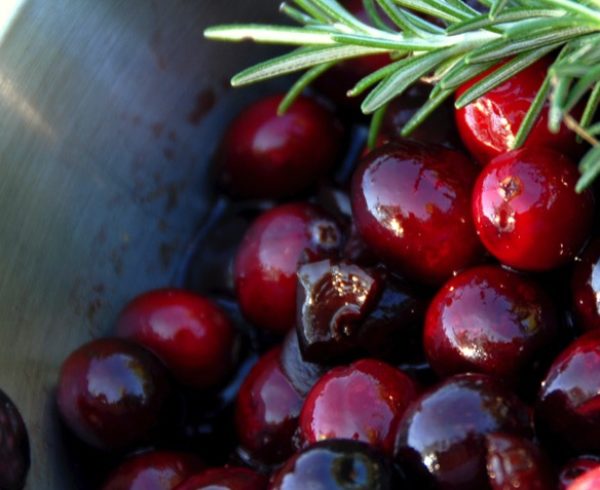
Leave a Comment